Hummingbird Sage Plant Care: Tips For Growing Hummingbird Sage Plants
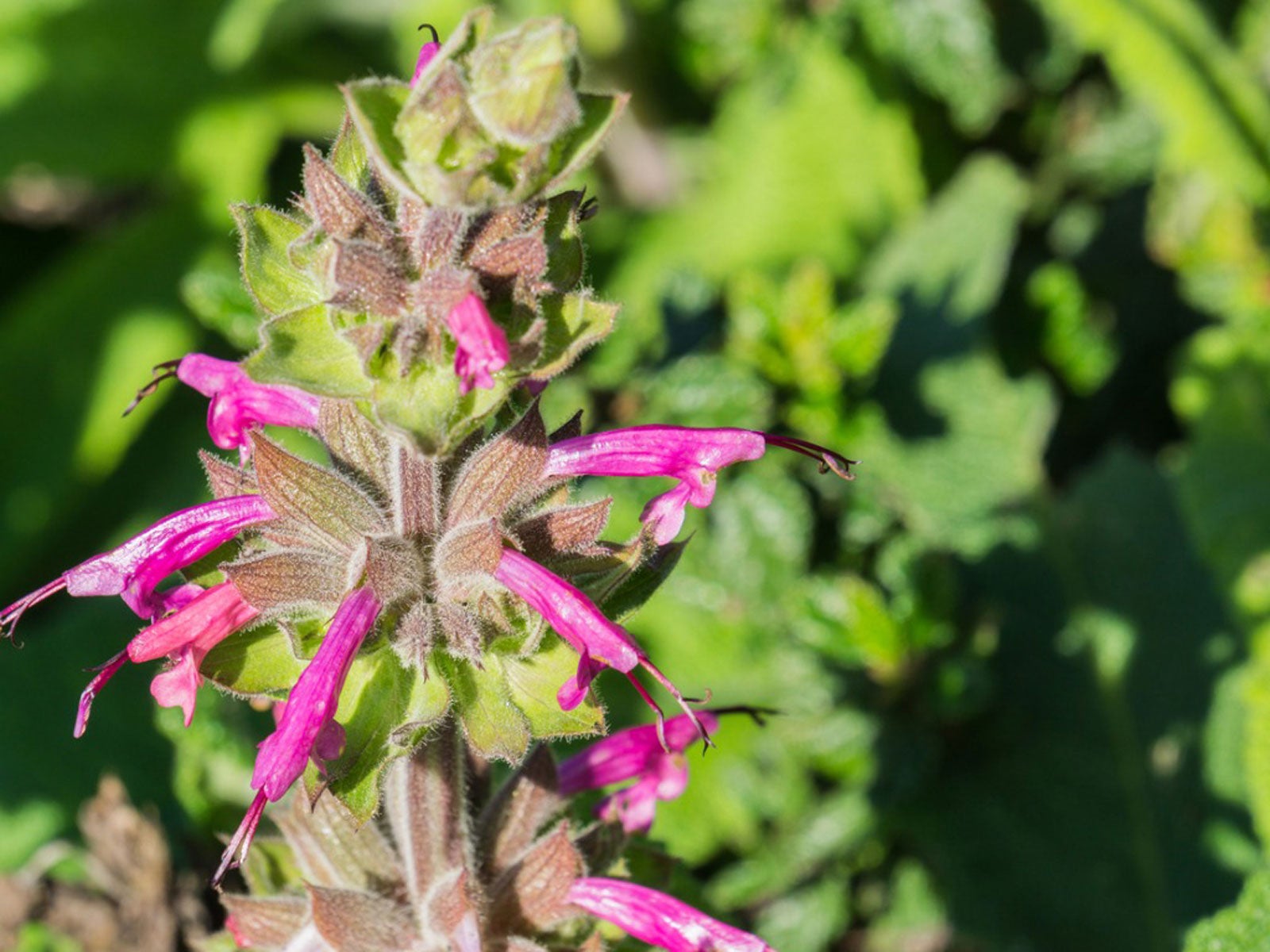

If you're looking for that special plant for a dry shady spot in the flower garden, you might consider growing hummingbird sage (Salvia spathacea). This attractive member of the mint family is native to the coastal areas of California. As one might guess from the name, the plant has pitcher shaped flowers which attract hummingbirds.
Hummingbird Sage Facts
Hummingbird sage is cultivated for its attractive burgundy flowers and aromatic fruit scented leaves. This perennial has a woody base and herbaceous flowering stems which tend to be square shaped, like other members of the mint family. The stems, as well as the bright green leaves of the plant, are covered with fuzz.
This spring blooming plant typically reaches a mature height of around 12 to 36 inches (31-91 cm.) tall. It grows happily in partial to full shade and is hardy in USDA zones 8 through 11.
How to Plant Hummingbird Sage
Growing hummingbird sage is very easy. It requires very little care other than the occasional pruning to maintain its shape. Deadheading the spent flower stalks also helps keeps the garden looking tidy. Hummingbird sage prefers a shady location and grows well under the thick canopy of shade trees. Once the plants are established, it’s quite drought resistant.
Hummingbird sage can be propagated by seeds or root division. No special treatment of seeds is needed to prompt germination. It's best to sow seeds directly into the garden in the fall. When dividing its rhizomatous root system, select healthy root stock which contains one or more rhizomes and growth buds.
Hummingbird Sage Uses
In addition to its ability to attract pollinators, this plant makes an excellent groundcover under trees and in shady island gardens. Its scented foliage makes it unattractive to deer yet is pleasantly aromatic for the gardener.
It pairs well with coral bells and other members of the Salvia genus when creating a hummingbird or butterfly garden.
Gardening tips, videos, info and more delivered right to your inbox!
Sign up for the Gardening Know How newsletter today and receive a free copy of our e-book "How to Grow Delicious Tomatoes".
In addition to the native plant bearing burgundy flowers, gardeners can experiment with several cultivars of hummingbird sage to bring color variation to their flower beds:
- Avis Keedy - Canary yellow
- Cerro Alto - Apricot
- Confetti -Yellow and red
- Las Pilitas - Deep pink
- Powerline pink - Deep pink
- Sunrise – Yellow fades to white

Laura Miller has been gardening all her life. Holding a degree in Biology, Nutrition, and Agriculture, Laura's area of expertise is vegetables, herbs, and all things edible. She lives in Ohio.
-
 Looking For Plants To Give You The Soft And Fuzzies? Try These 5 Fuzzy Leaf Plant Options
Looking For Plants To Give You The Soft And Fuzzies? Try These 5 Fuzzy Leaf Plant OptionsLovers of texture, drama, silver foliage and tactile plants will adore these special sensory garden additions. These fuzzy leaf plant options will leave you all aglow
By Susan Albert
-
 Get Ready For A Summer Of Hummers! Grow These Full Sun Hummingbird Plants and Flowers
Get Ready For A Summer Of Hummers! Grow These Full Sun Hummingbird Plants and FlowersIf you’re lucky enough to enjoy a sunny backyard, make sure you are maxing out on your pollinator opportunities and grow these full sun hummingbird plants and flowers
By Tonya Barnett
-
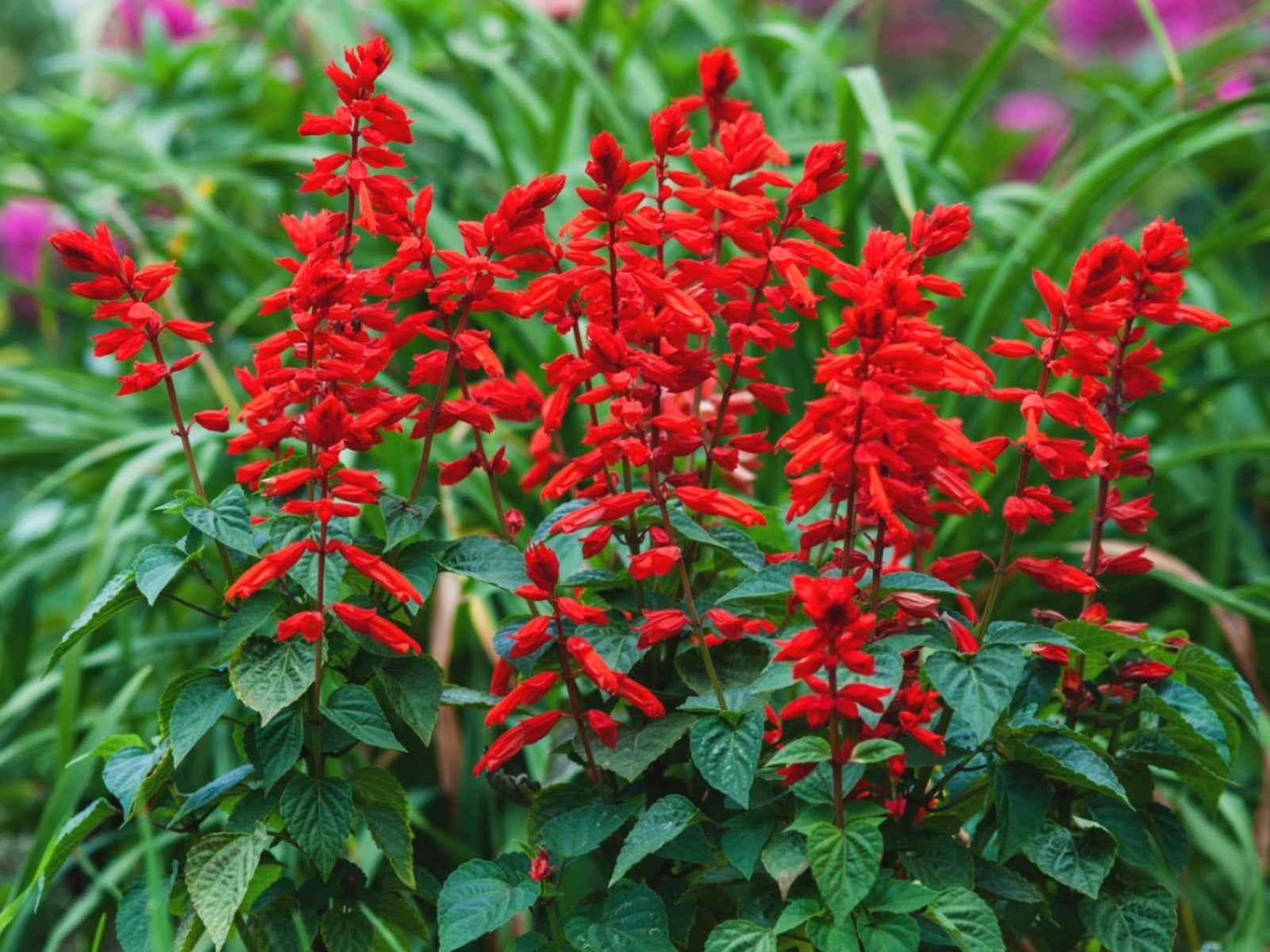 Varieties Of Salvia For Part Shade Or Shade
Varieties Of Salvia For Part Shade Or ShadeBesides being easy to grow, salvia or sage plants are versatile and some even enjoy partial shade. Read on for more.
By Laura Miller
-
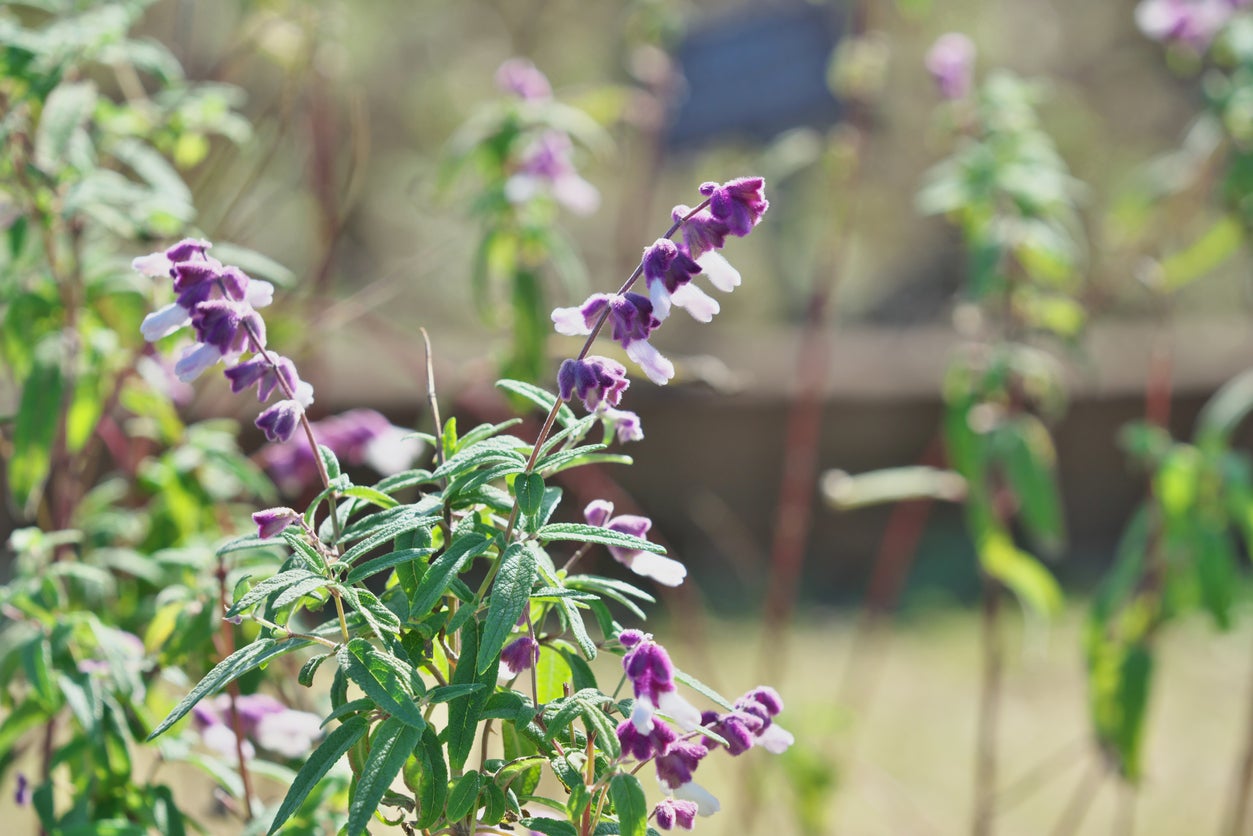 Mexican Bush Sage Care: How To Plant Mexican Bush Sage
Mexican Bush Sage Care: How To Plant Mexican Bush SageChoosing flowering plants that encourage diversity of wildlife in the garden is a key aspect of creating a lush, green garden oasis. Mexican bush sage plant is an ideal choice for those wishing to establish perennial plantings that will thrive all season long. Learn more here.
By Tonya Barnett
-
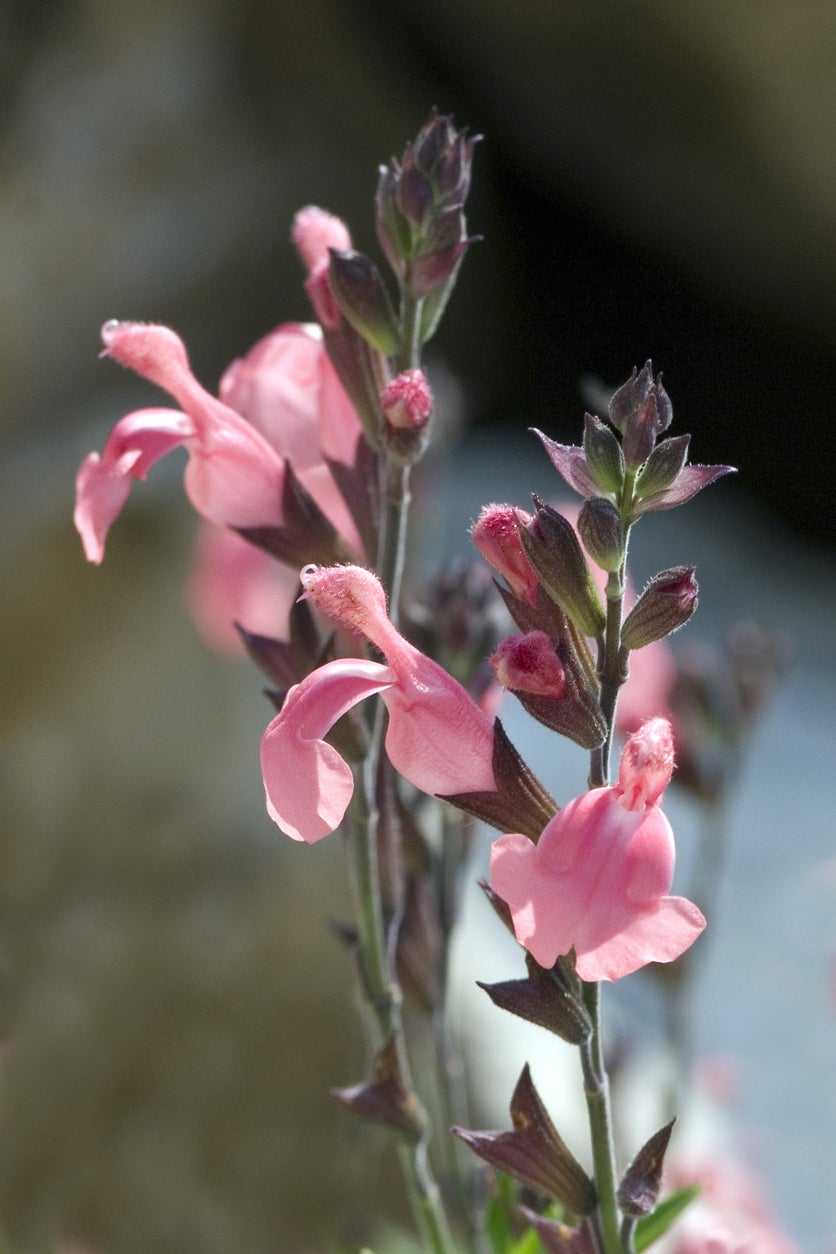 Autumn Sage Care: Growing An Autumn Sage Plant In The Garden
Autumn Sage Care: Growing An Autumn Sage Plant In The GardenSelecting perennial flowers can be one of the most difficult aspects of planting flower borders or landscapes. The autumn sage plant is a perennial that has gained popularity. Not only is this plant versatile, but it offers a season filled with flower blooms. Learn more here.
By Tonya Barnett
-
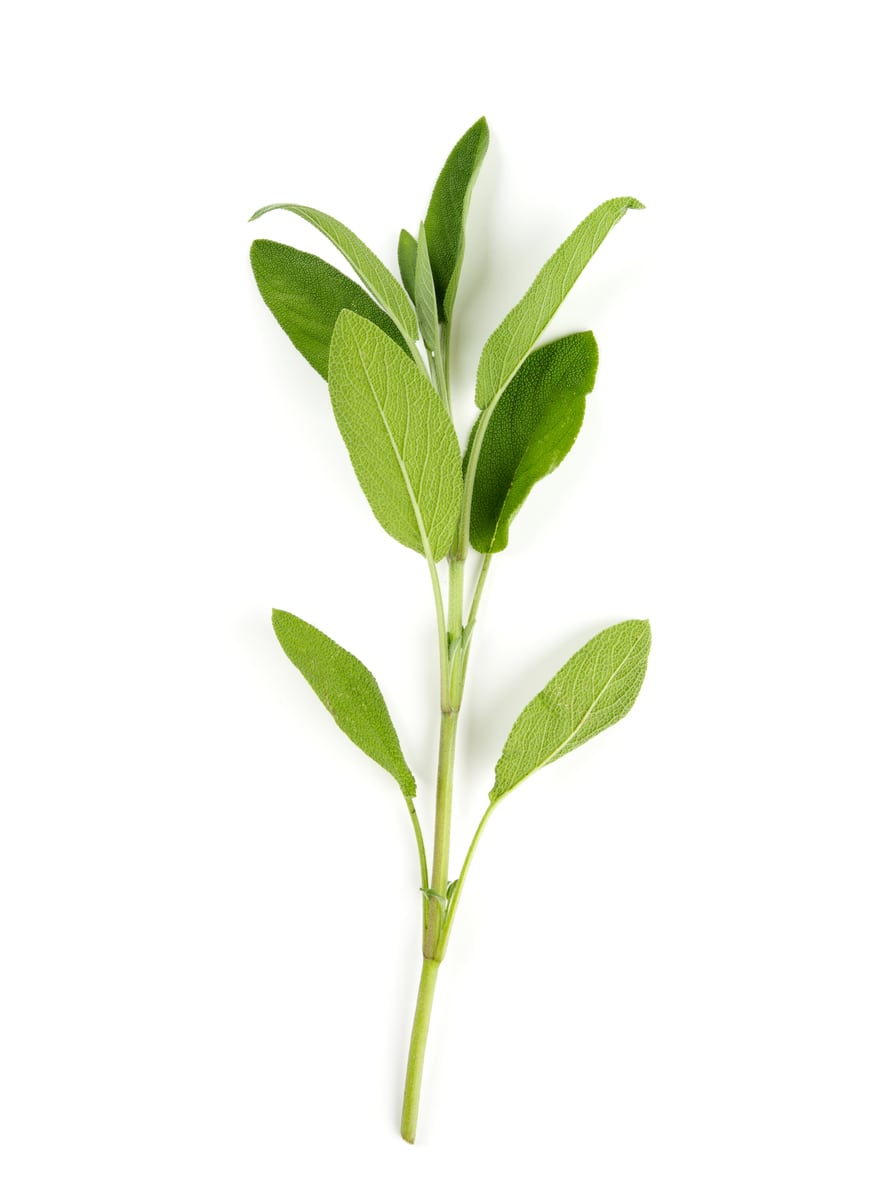 Salvia Cutting Propagation: Can You Grow Salvia From Cuttings
Salvia Cutting Propagation: Can You Grow Salvia From CuttingsIf you have salvia and want more of these easy-care beauties, nobody can blame you. Fortunately, it’s not difficult to propagate. Can you grow salvia from cuttings? Click here for information about salvia cutting propagation.
By Teo Spengler
-
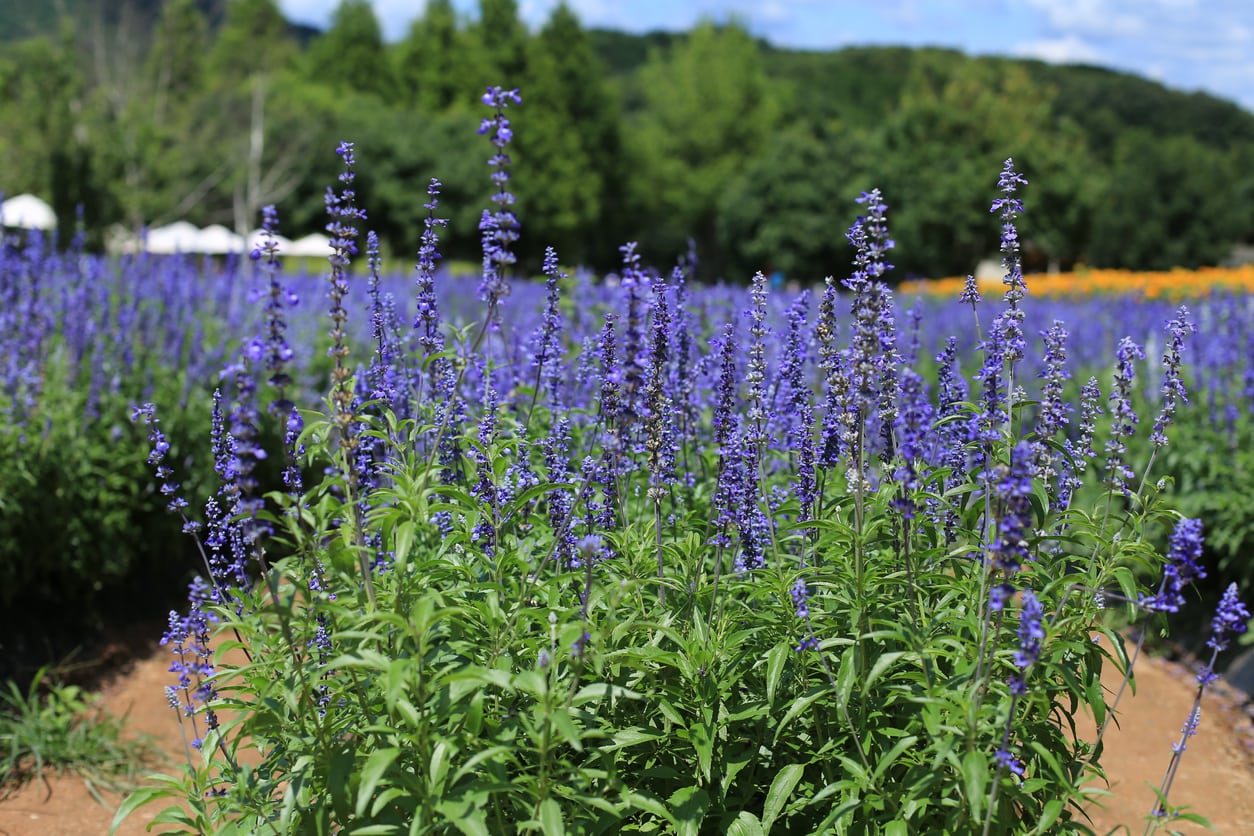 What Is Mealycup Sage: Blue Salvia Info And Growing Conditions
What Is Mealycup Sage: Blue Salvia Info And Growing ConditionsMealycup sage has stunning purple-blue flowers that attract pollinators and brighten the landscape. The name may not sound terribly pretty, but the plant also goes by the name blue salvia. Click here for some comprehensive blue salvia information.
By Bonnie L. Grant
-
 Mojave Sage Information: Learn About Mojave Sage Care In Gardens
Mojave Sage Information: Learn About Mojave Sage Care In GardensWhat is Mojave sage? Native to Southern California, Mojave sage is a woody shrub with aromatic, silvery-green foliage and spiky lavender blooms. Click on the article that follows to learn more about this vibrant, dry-climate plant.
By Mary H. Dyer
-
 Eyelash Sage Plant Care: Tips On Growing Eyelash Sage Plants
Eyelash Sage Plant Care: Tips On Growing Eyelash Sage PlantsLooking for an easy care bloomer that attracts hummingbirds? Look no further than eyelash leaved sage. What is an eyelash sage? Click on the article that follows to find out about growing eyelash sage plants and care.
By Amy Grant
-
 Purple Sage Planting Guide: What Is Purple Sage And Where Does It Grow
Purple Sage Planting Guide: What Is Purple Sage And Where Does It GrowUsed to sandy, poor soil, sage requires little maintenance and is perfect for filling in areas where most other plants would die. Click this article to learn more about growing purple sage plants and the care of purple sage in gardens.
By Liz Baessler